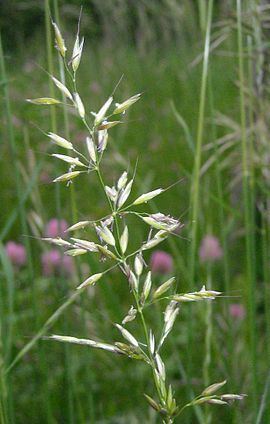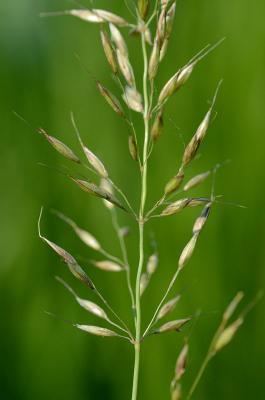Rank Species | Genus Arrhenatherum Higher classification Arrhenatherum | |
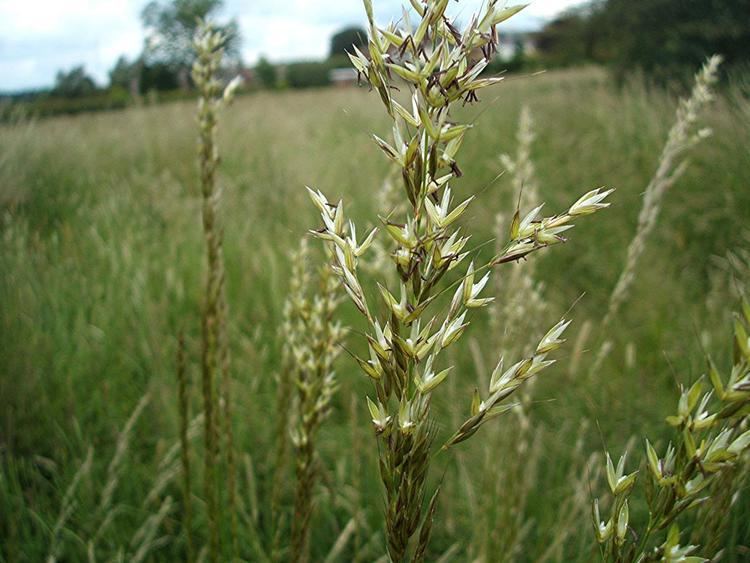 | ||
Similar Arrhenatherum, Grasses, Alopecurus pratensis, Dactylis glomerata, Festuca pratensis | ||
Arrhenatherum elatius, with the common names false oat-grass, tall oat-grass, tall meadow oat, onion couch and tuber oat-grass, is a perennial species of grass, common in the temperate regions of Europe.
Contents
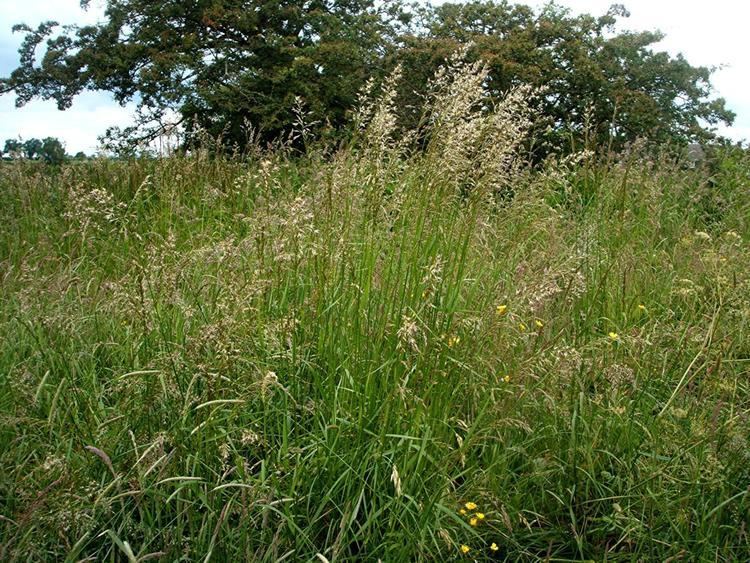
This bunchgrass is often used as an ornamental grass.
It is native to Europe but can be found elsewhere as an introduced species. It is found especially in prairies, at the side of roads and in uncultivated fields. The bulbous variety can be a weed of arable land. It is palatable grass for livestock and is used both as forage (pasture) and fodder (hay and silage); it has high amounts of phosphorus and calcium in its tissues.
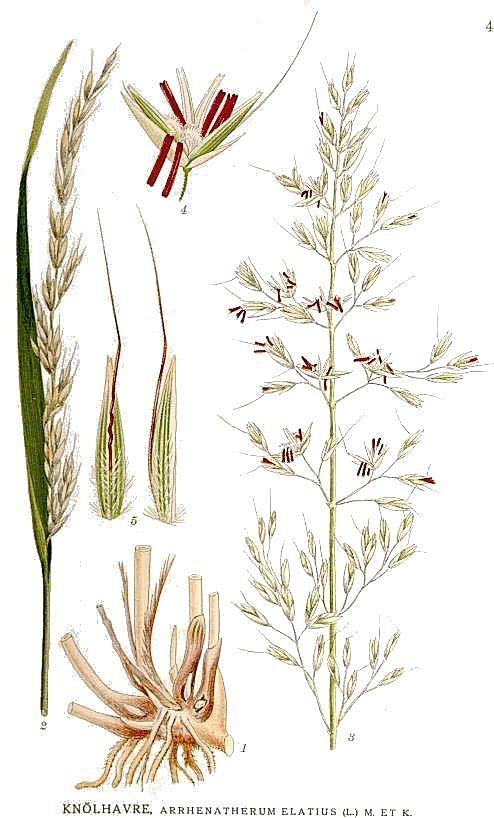
Two subspecies have been described:
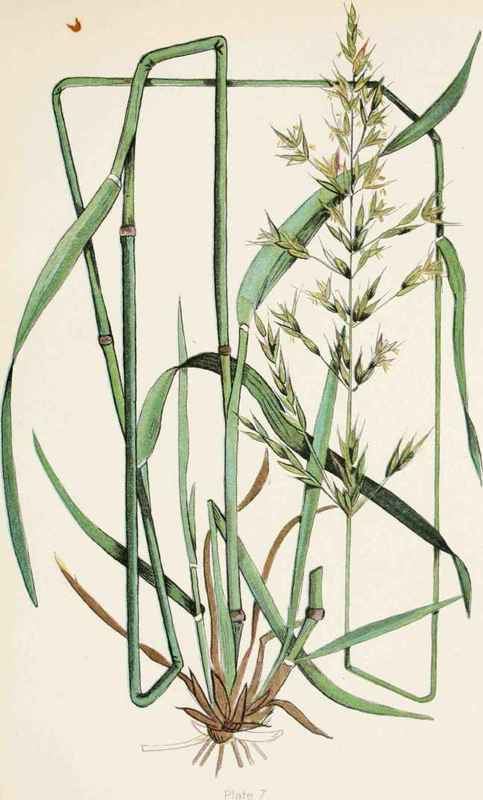
From english to french arrhenatherum elatius
Habitat
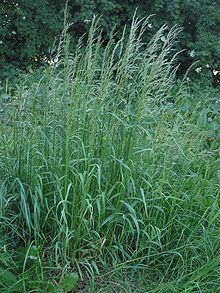
Arrhenatherum elatius is a principle species in two UK National Vegetation Classification habitat communities: the very widespread MG1 (Arrhenatherum elatius grassland) and the much rarer MG2 (Arrhenatherum elatius - Filipendula ulmaria tall-herb grassland). This means that it can be found with species such as Dactylis glomerata (also known as Cock's-foot and orchard grass), and of course Filipendula ulmaria (also known as Meadow-Sweet).
It is found on road verges, along hedges and riverbanks.
It can colonise and stabilise limestone scree, bare calcareous cliffs, maritime shingle and coastal dunes.
Description
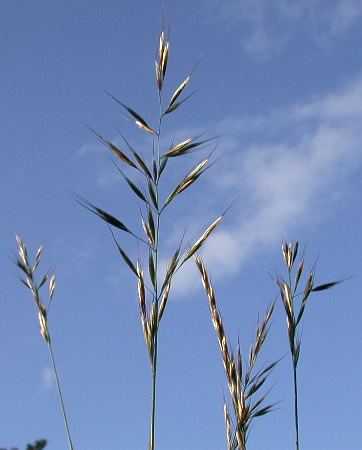
This course grass can grow to 150cm tall. The leaves are bright green, broad, slightly hairy and rough. The ligule is 3mm long and smooth edged. The panicle is up to 30cm, and the bunched spikelet have projecting and angled awns up to 17mm long, green or purplish. The panicles often remain into winter. The spikelets are oblong or gaping. It flowers from June to September.
The roots are yellow.
